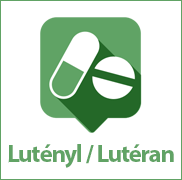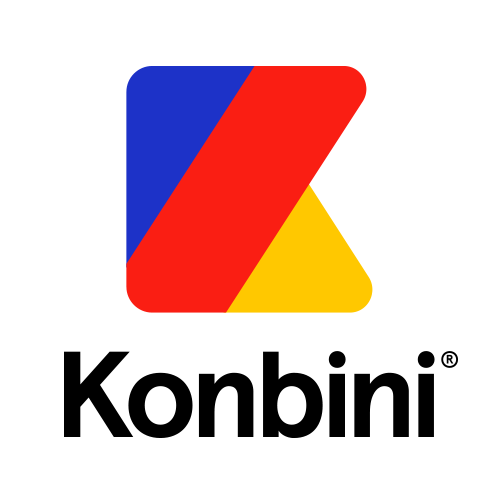What were we already knowing on the subject?
Nomestrol acetate is a synthetic progestogen which has a powerful progestogen activity with dosages of 3.75 and 5 mg.
The known risk factors of meningioma are age, feminine gender, genetic predispositions attributed to the mutations of the type 2 neurofibromatosis gene, high -dose exposure to ionizing environmental or medical radiation, endogenous sex hormones (increase in meningioma during the second phase of the menstrual cycle, during pregnancy) Exogenous hormones such as synthetic progestins such as cyproterone acetate. The presence of progesterone receptors in the arachnoid fabric, where meningiomas develop, makes the association between progestins and biologically plausible meningioma.
Several cases of intracranial meningiomas were reported during prolonged exposures to nomigestrol acetate for several years with some a volume reduction of the tumor when stopping treatment.
What does the study bring again?
This study shows a strong association and dose-dependent between the use of nomestrol acetate (dosed at 3.75 or 5 mg) and the meningioma treated with surgery or radiotherapy.
The absolute risk of meningioma in women who have used nomigestrol acetate for 10 to 30 years is 2/1000 people-years. As with cyproterone acetate (Androcur), the meningiomas located in the previous and average part of the skull base were particularly associated with prolonged exposure to nomestrol acetate; The risk decreased after stopping nomestrol acetate.
The set of elements characterize a causal relationship even if the biological mechanism is not completely described.
Link to the study here: https://www.epi-phare.fr/rapports-detudes-et-publations/https-www-ephare-fr-app-uploads-2021-04-epi-phare_rapt_acetate_nomegestrol_et_meningiome_20210420-pdf/





